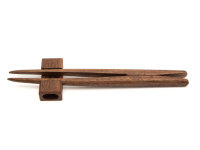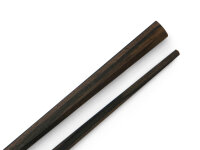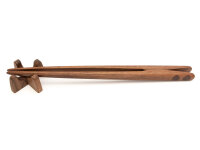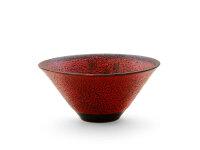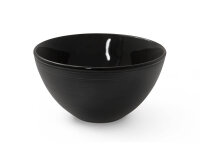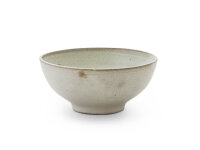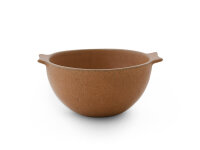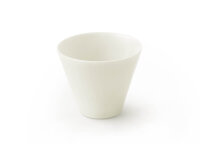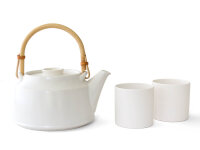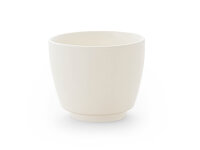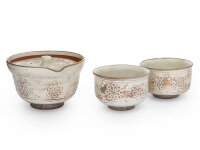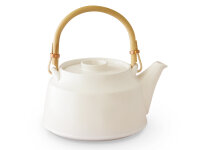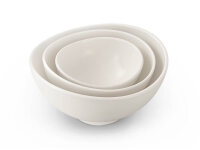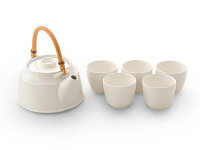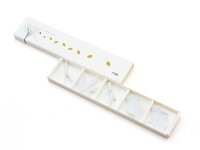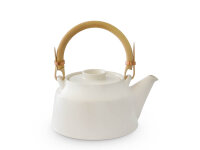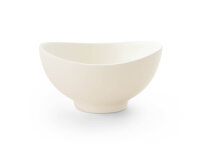"Buddha Bowl Koten haiiro"
Keiichi Tanaka achieves his breathtaking surfaces and colors through a special working method. After shaping, he applies a glaze and fires the works at 1200 °C. In a further step, he works with special pigment colors and subjects the works to another firing process, albeit at a much lower temperature. One desired effect of this method is the small dots that peek out from under the glaze. Each product is unique and its beauty is emphasized by its individual characteristics. The special aesthetics of non-perfection have long been held in high esteem in Japan (wabi-sabi).
Ceramic works by Keiichi Tanaka
Keiichi is a ceramic artist through and through. He was born in Chiba in 1979, which is located south-east of Tokyo on the island of Honshu. Rice, soy sauce and many types of fruit come from Honshu, where the climate is mild even in winter. Keiichi began his studies - Interior Product Design - at Musashino Art University in 2003. His works can be seen in numerous exhibitions, mainly in Japan, England and France. Keiichi Tanaka has received several national and international design awards.
Keiichi Tanaka on his work
\"In all my works, I am guided by the idea that they are used in everyday life. My motivation is to merge the beauty and radiance of old ceramics with a high utility value in the modern world. I want to create a collection of time in my works, a summary of the aesthetics of different eras.
My works with white glaze are inspired by faience, handcrafted ceramics in Europe in the 15th and 16th centuries. The surface is pleasantly smooth and soft.
My blue series combines modern shapes with the color scheme of ancient Egypt, a beautiful blue with a lot of depth that opens the eye to the secrets of times long past.
The material - clay - has a quality that is seductive to me: when clay is fired, it can stop the moment and be a permanent expression of time that has passed and dissolved. The texture of the surfaces should preserve the softness of the clay and create an emotional connection to past eras with strong feelings.
My dinnerware combines my artistic work with my hobby of cooking. Its aesthetics are only complete when it is filled with food and thus proves its usefulness. My vases are ennobled by the plant they are allowed to house. Only together is the work of art complete. Only the use makes the beauty of the works perfect.\"

